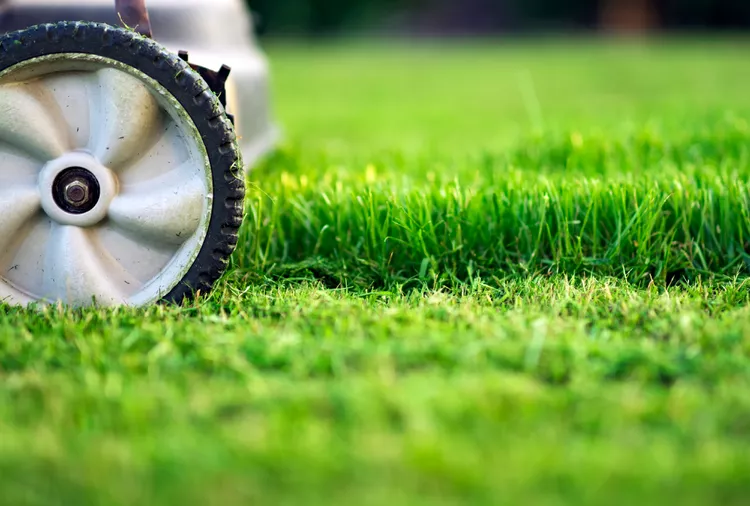Knowing the optimal grass cutting height can significantly contribute to a healthier lawn. The correct lawn mower height settings depend on various factors, such as grass type and seasonal conditions. While it’s common to maintain a consistent 3½ inches for cool-season grasses throughout the year, adjusting the mowing height according to grass species and environmental factors can enhance water efficiency and reduce fertilizer needs. Here’s a comprehensive guide to help you determine the best height for cutting grass:
Understanding Your Grass
Your lawn’s grass type plays a crucial role in determining the ideal mower height settings. Grasses can be broadly categorized into cool-season and warm-season varieties. If your area experiences snow in winter, you likely have cool-season grasses like Kentucky bluegrass, tall fescue, or perennial ryegrass. Conversely, warm-season grasses such as Bermudagrass, St. Augustinegrass, or zoysiagrass thrive in regions without winter snow.
Identifying Grass Types in Moderate Climates
For those in moderate climates where both cool-season and warm-season grasses can grow:
- Cool-season Grasses: These have a soft texture and retain green color well into late fall.
- Warm-season Grasses: These typically have a coarser texture and turn brown quickly in cooler weather.
Lawn Mower Height Settings for Cool-Season Grasses
Cool-season grasses are generally maintained at a cutting height ranging from 2½ to 3½ inches. However, the optimal cutting height may vary seasonally:
- Spring and Fall: These are peak growth periods for cool-season grasses, thriving best when mowed at the higher end of the spectrum (around 3½ inches).
- Summer: During hot and dry conditions, consider slightly reducing the mower height to about 3 inches to encourage deeper root growth and enhance drought tolerance.
Adjusting your mower blades according to these guidelines helps promote a resilient lawn that can withstand varying weather conditions throughout the year.
